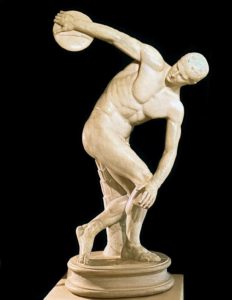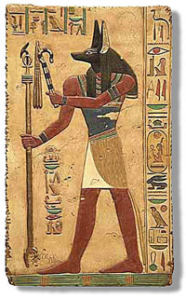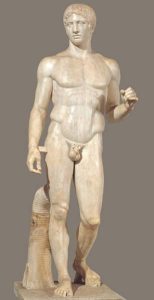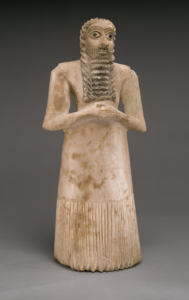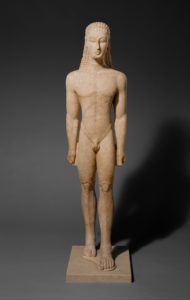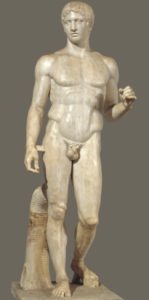To me humanism is the emphasis on how extraordinary, and unique the human race is. By highlighting the best physical, emotional and spiritual qualities of humans, humanism creates the argument that humans should not only be celebrated, but even goes as far to suggest that humans should be revered as a deity of some sort.
Some ancient societies however had slightly different definitions from one another of what humanism was. Therefore, their ways of portraying it, more specifically in their art had slightly different emphasis on different things. To illustrate this point we will com pare the art work Ancient Greece nd Rome to that of Mesopotamia and ancient Egypt, starting first with the latter.
Mesopotamia and ancient Egypt art channeled their view of humanism through exalting their gods and the after life. Often times we see paintings and sculptures we can observe that the Pharaohs and kings are being praised as gods. Their exotic head dresses, their upright posture upon the throne they are sealed on, along with their powerful case into what the view are all defining characteristics of this type of art. As if to say ” this being who happens to have the body form of a man, dare not be perceived as an ordinary human being; but rather kn9ow it is a god who has taken up a human form to serve and be relatable to you. The second part of humanism that we find in Mesopotamian and Egyptian art is the foglight of the after life.we see in paintings ( Such as the one with the scribe) that everyman in his life time strives to live a balanced life. this way when they die they will be found worthy to obtain eternal life with the gods. so we see through his channel that the emphasis on humanism again isn’t necessarily the humans them selves, bu the humans strive to be a man- like god.
Unlike Mesopotamian and Egyptian art ancient Greece and Rome take the focus off the gods and place it solely on humans, when channeling their perception of humanism through art. In the statues that we viewed in class we couldn’t help that notice that the male figures were almost always nude. As we discussed, to other societies being nude would be a sign of shame. But to the romans nudity was a sign of pride, especially for a young male warrior or athlete. it displayed humanism as ” being proud of the skin you’re in and showing of EVERY ACCOMPLISHMENT you have achieved” Humanism through art in Ancient Greece and Rome didn’t look to deity’s for confirmation of how amazing and unique humans are, but rather looked to themselves.

